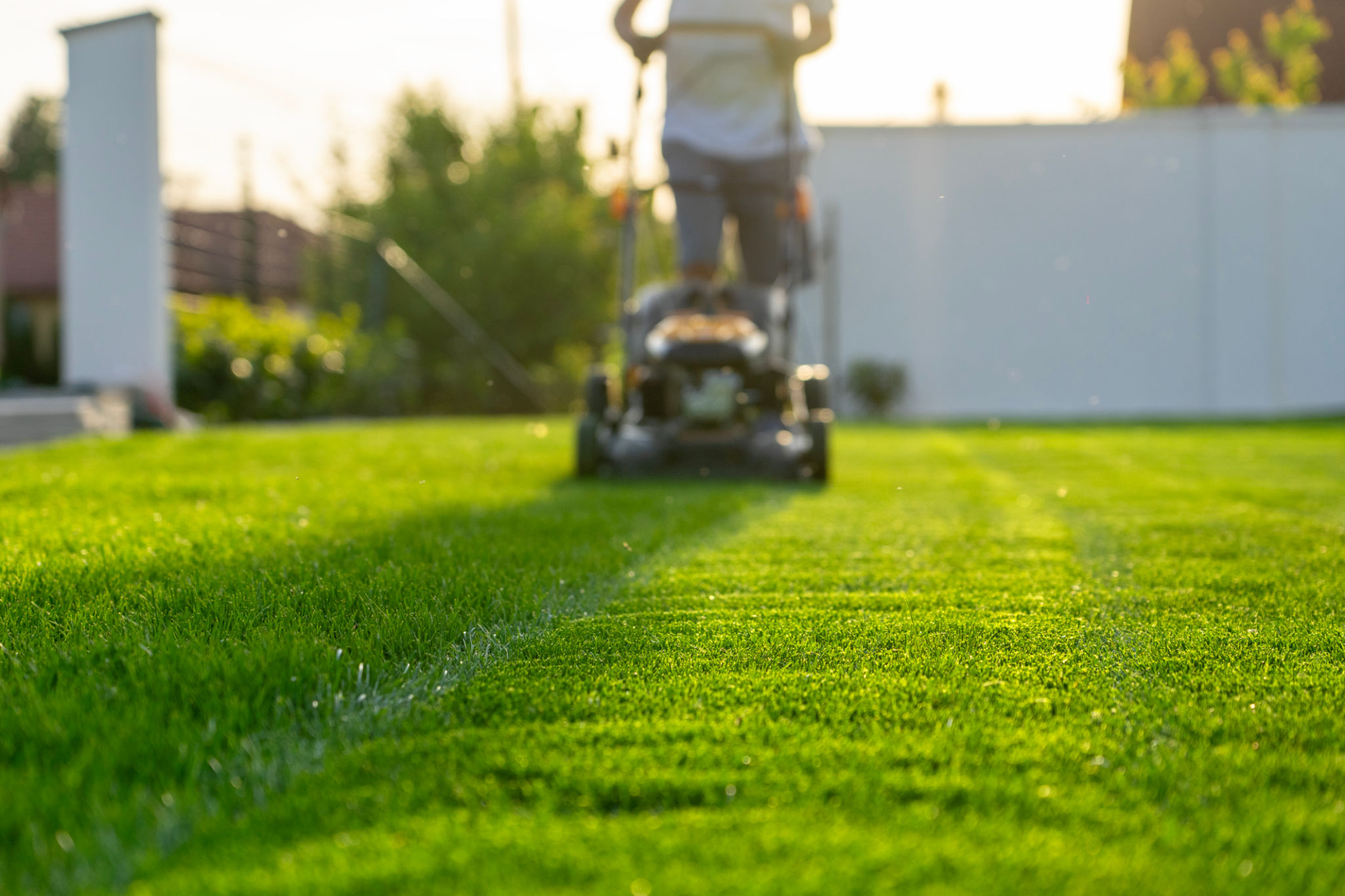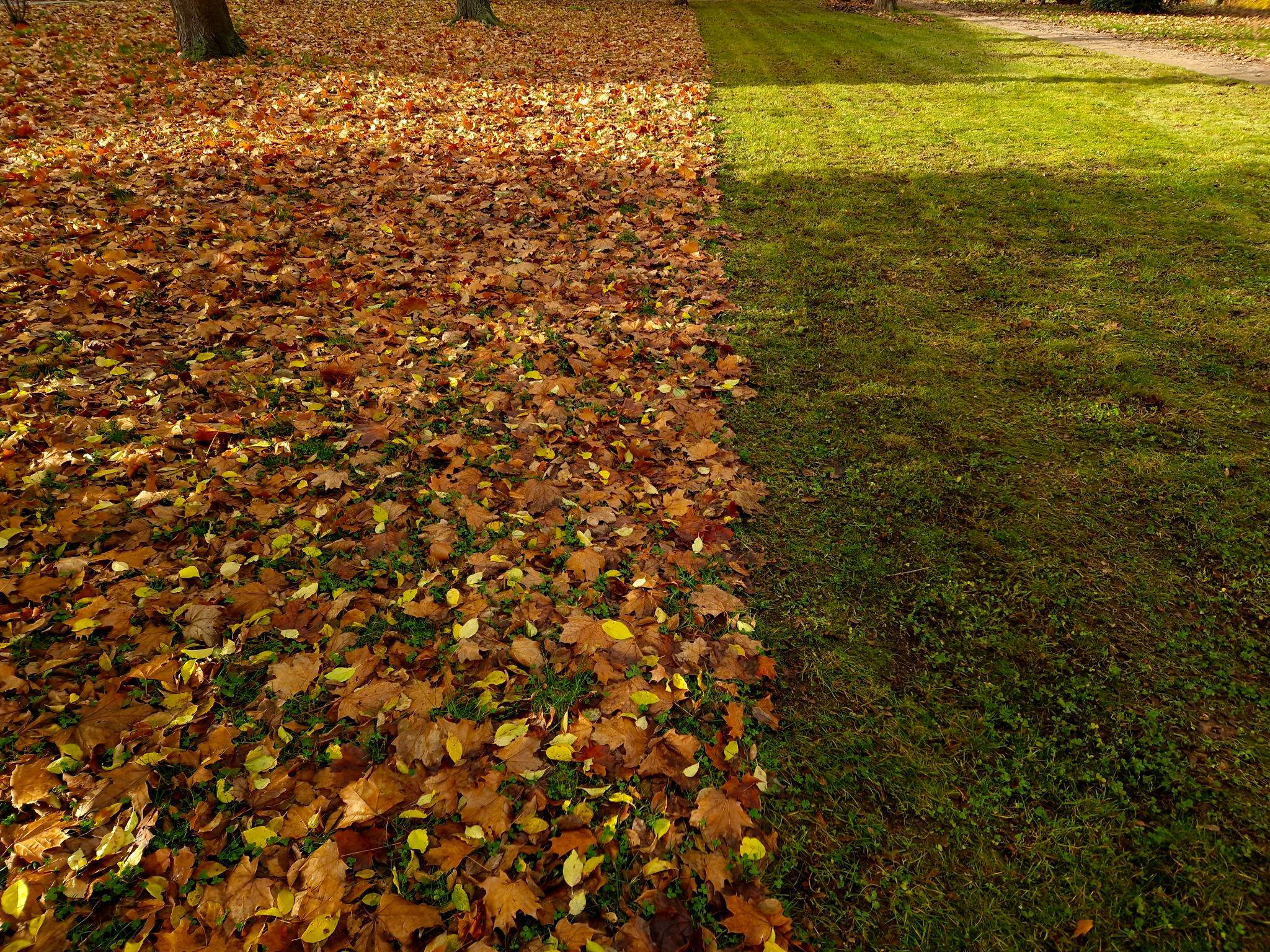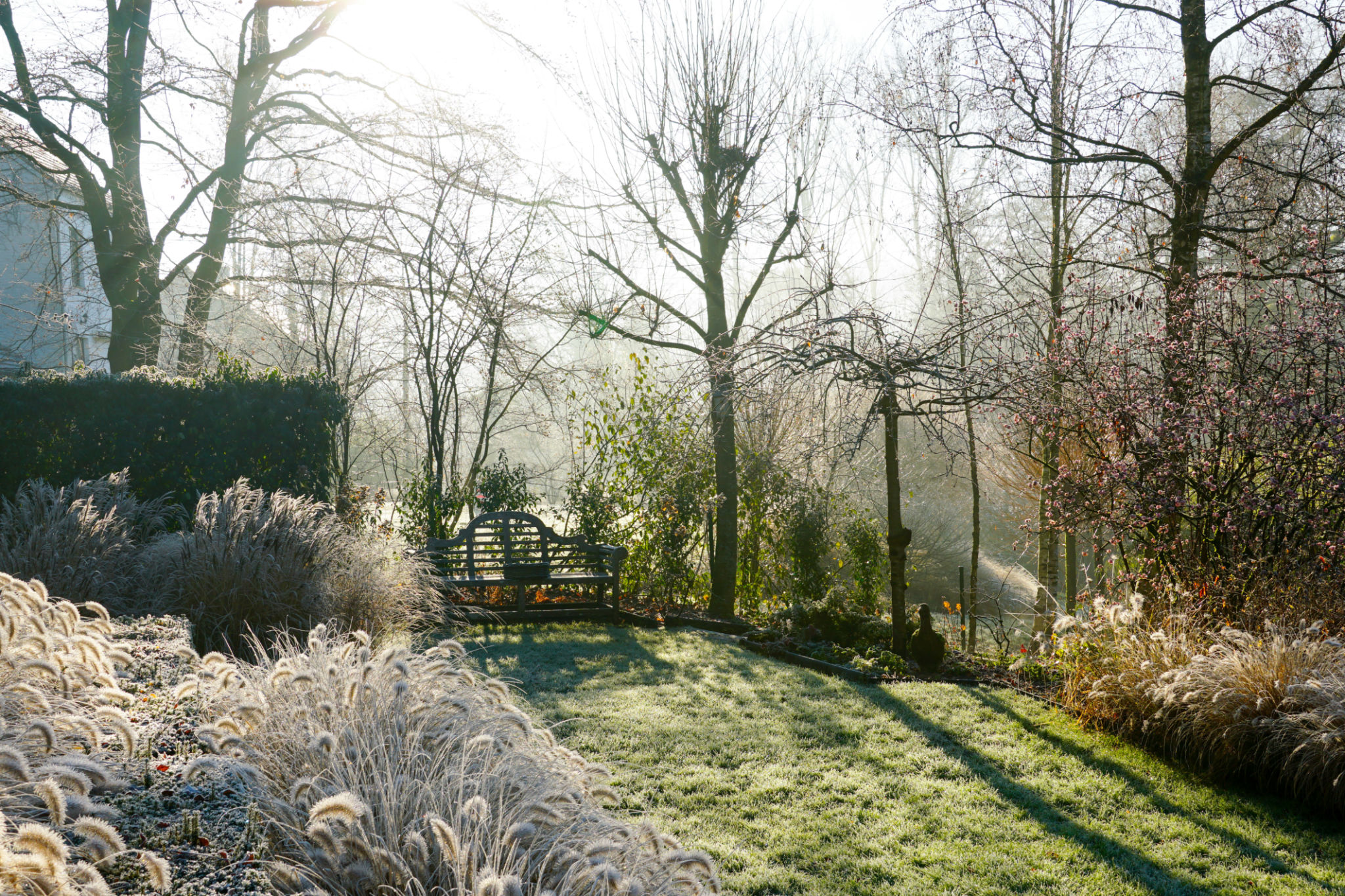Year-Round Lawn Maintenance Tips for a Healthy Lawn
Understanding Your Lawn's Needs
Maintaining a lush, green lawn year-round requires a keen understanding of its specific needs throughout the changing seasons. Each season presents unique challenges and opportunities for lawn care. From the warmth of summer to the chill of winter, your lawn requires consistent attention and tailored maintenance practices to stay healthy and vibrant.
Before diving into seasonal maintenance, it’s important to identify the type of grass in your lawn. Different grass species have varied growing habits and requirements. Whether you have cool-season grasses like Kentucky bluegrass or warm-season varieties such as Bermuda, knowing your grass type helps in crafting a customized care routine.

Spring Lawn Care
Spring is the time of renewal, making it an ideal period for lawn rejuvenation. As temperatures rise, your grass begins to grow actively, requiring careful attention.
Aeration is a crucial spring task that helps relieve soil compaction and allows air, water, and nutrients to penetrate the roots. Consider using a core aerator for best results. Additionally, applying a balanced fertilizer can jumpstart growth by providing essential nutrients.
Don’t forget to overseed bare patches to ensure a uniform and thick turf. Choose a seed mix compatible with your existing grass type to achieve seamless integration.

Summer Lawn Maintenance
Summer brings heat stress and drought conditions, which can challenge the health of your lawn. To keep your grass thriving, focus on watering effectively and mowing wisely.
Water deeply but infrequently to encourage deep root growth. Aim for early morning watering sessions to minimize evaporation. Mowing should be done with sharp blades and at a higher height to provide shade to the soil and reduce water loss.
Pest Management
Summer is also prime time for pests. Regularly inspect for signs of grubs or other lawn pests and address issues promptly with appropriate treatments. An integrated pest management approach can help keep your lawn healthy without over-relying on chemicals.

Fall Preparations
Fall is an opportunity for repair and preparation as your lawn prepares for dormancy. Start by adjusting your mowing height back down and continue watering until the ground freezes.
Fertilizing in fall is crucial as it helps strengthen the root system, providing reserves for the winter months. Consider using a slow-release fertilizer that feeds the grass gradually over time. Additionally, raking leaves prevents them from suffocating the grass and encourages sunlight reach.

Winter Protection
Although grass growth slows down in winter, there are still steps to ensure it emerges healthy in spring. Avoid heavy foot traffic on frosty or dormant grass to prevent damage.
Consider applying a winterizing fertilizer if you haven’t already done so in the fall. This specialized fertilizer helps maintain nutrient levels in the soil throughout winter.
Snow Management
If you live in an area with heavy snowfall, it’s important to manage snow piles carefully. Avoid piling snow on your lawn, as this can lead to compaction and ice damage.

The Importance of Regular Monitoring
A key aspect of maintaining a healthy lawn year-round is regular monitoring. Keep an eye out for signs of distress such as discoloration, thinning patches, or weed invasions. Catching these early allows for timely interventions that prevent larger issues down the line.
By following these seasonal tips and remaining vigilant, you can ensure that your lawn remains a beautiful and thriving part of your home landscape throughout the year.
